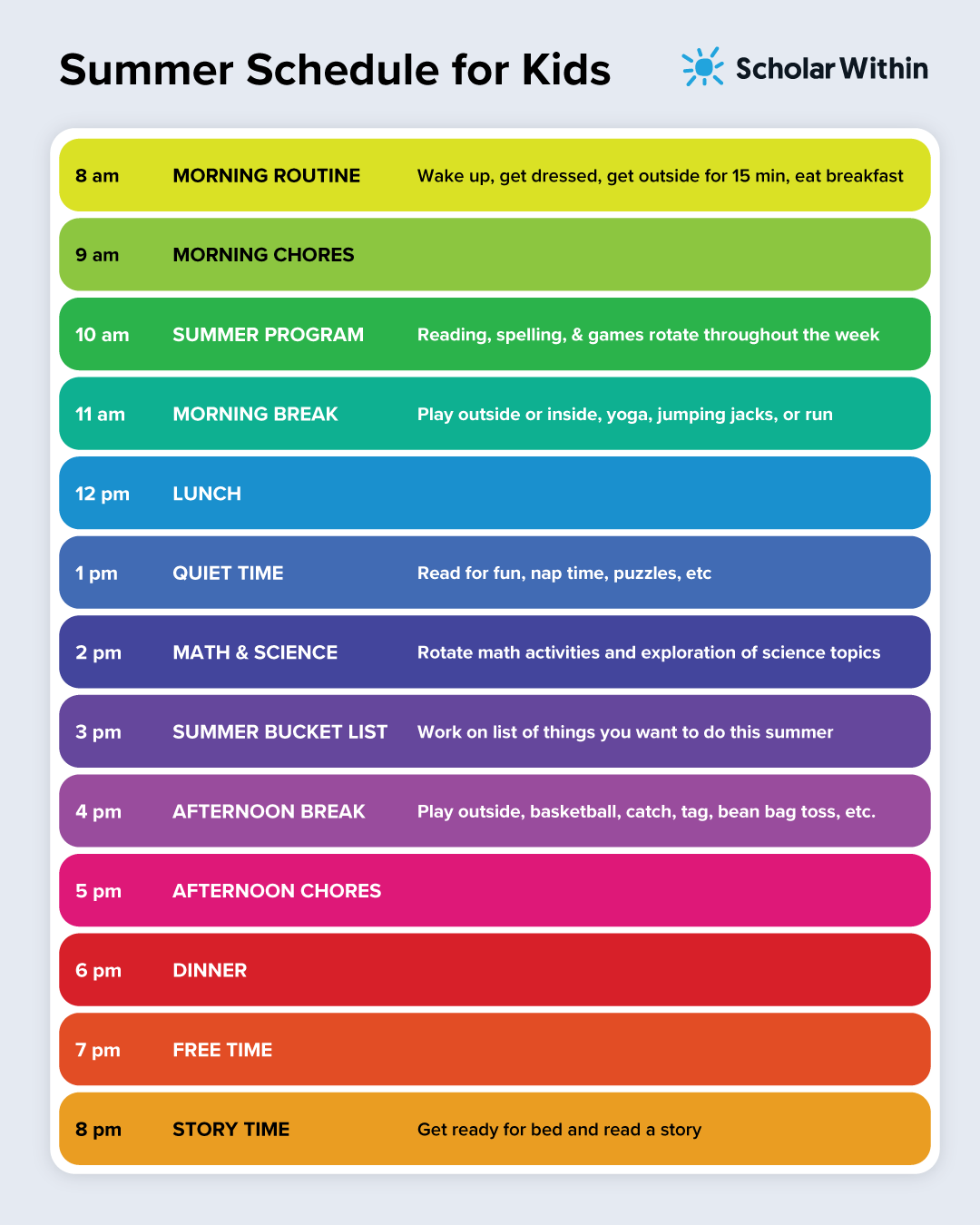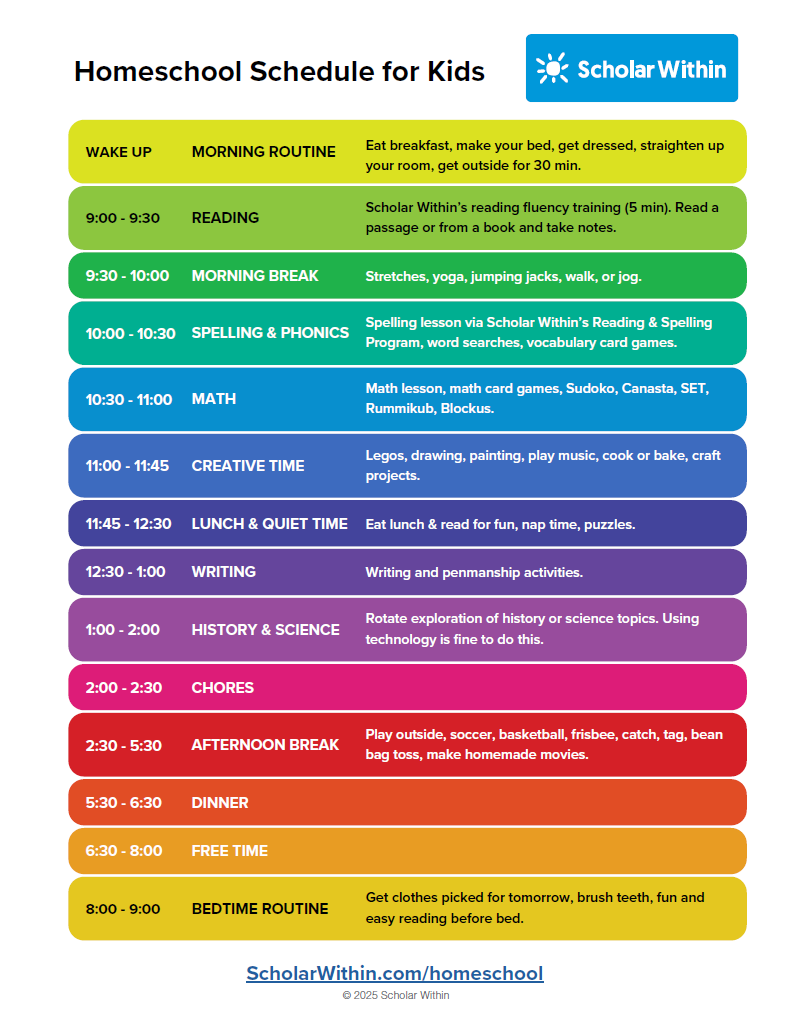Homeschool Reading Curriculum
Current Category ID: 250
 2nd Grade Reading & Spelling Program
2nd Grade Reading & Spelling Program
Original price was: $324.$299Current price is: $299.
Add to cart 3rd Grade Reading & Spelling Program
3rd Grade Reading & Spelling Program
Original price was: $324.$299Current price is: $299.
Add to cart 4th Grade Reading & Spelling Program
4th Grade Reading & Spelling Program
Original price was: $324.$299Current price is: $299.
Add to cart 5th Grade Reading & Spelling Program
5th Grade Reading & Spelling Program
Original price was: $324.$299Current price is: $299.
Add to cart 6th Grade: Reading & Spelling Program
6th Grade: Reading & Spelling Program
Original price was: $324.$299Current price is: $299.
Add to cart







